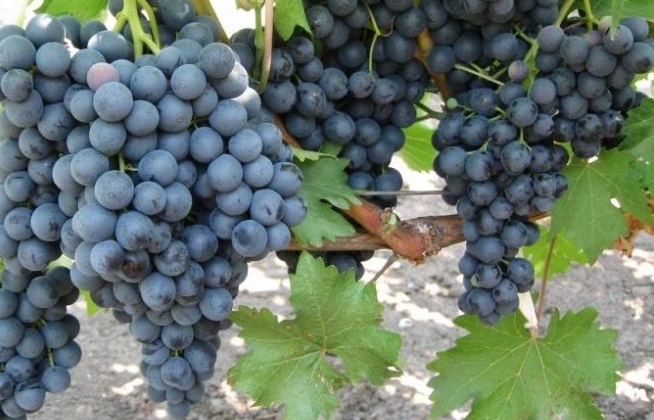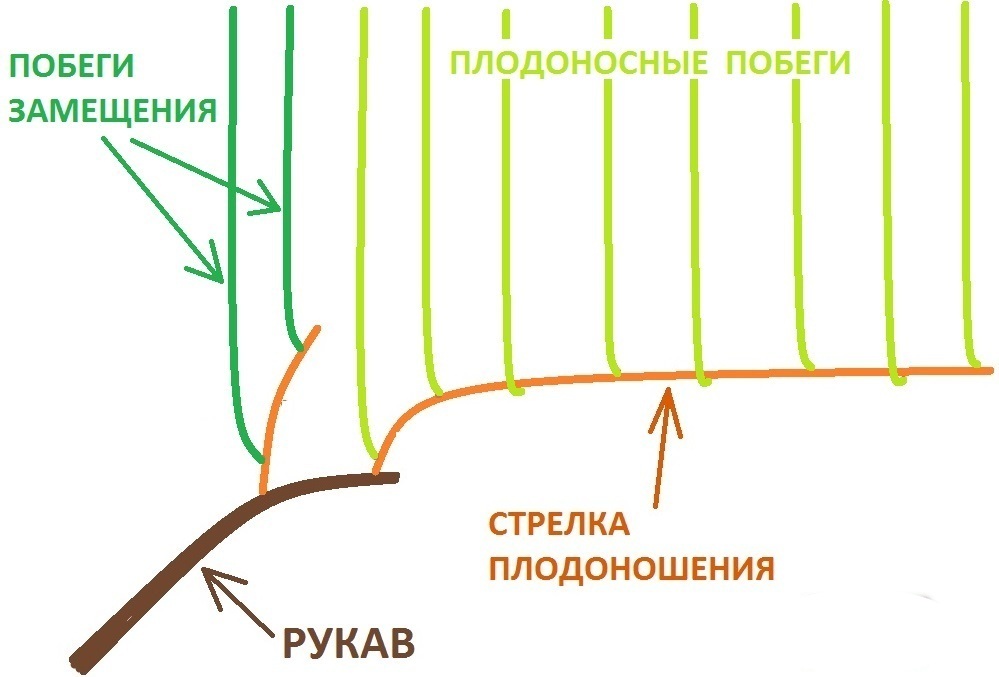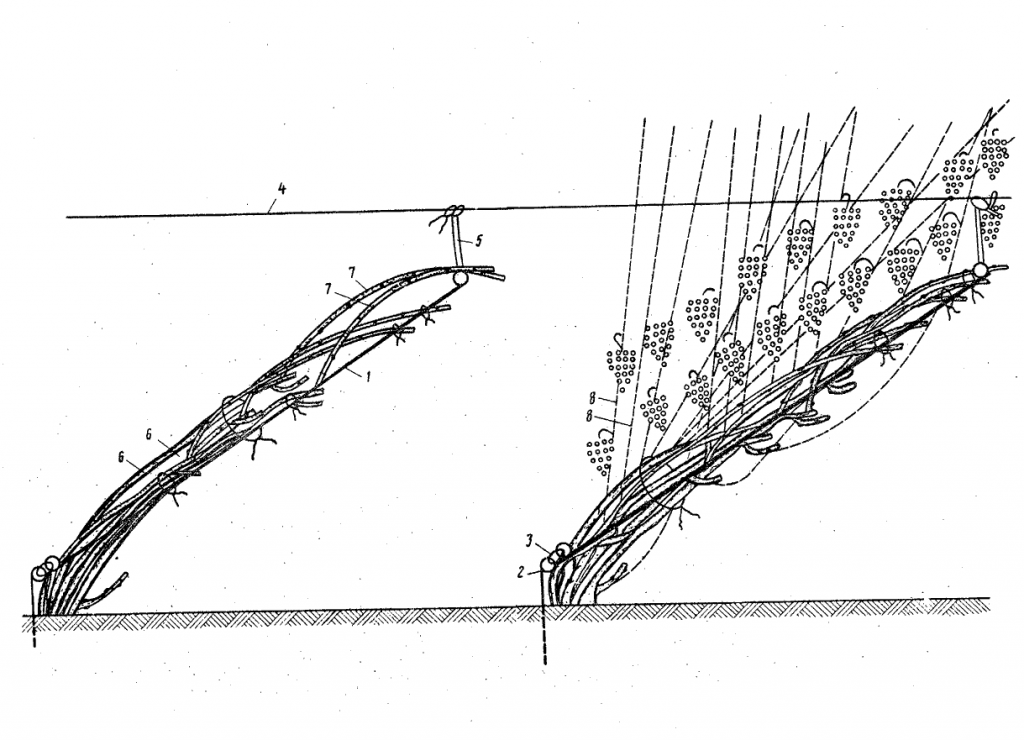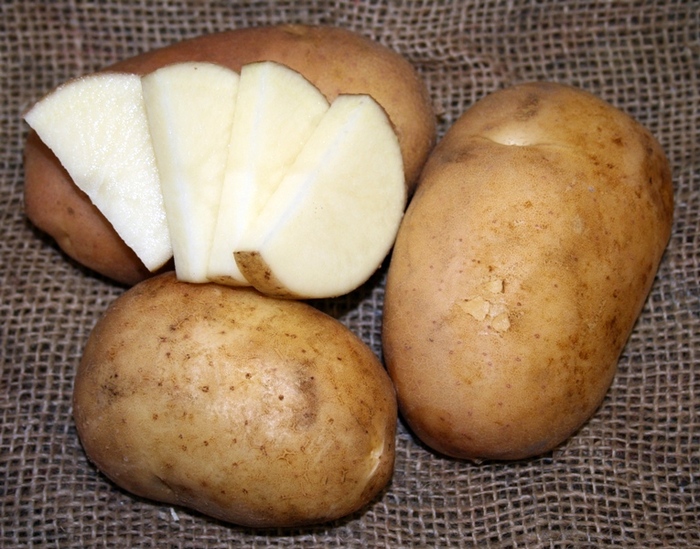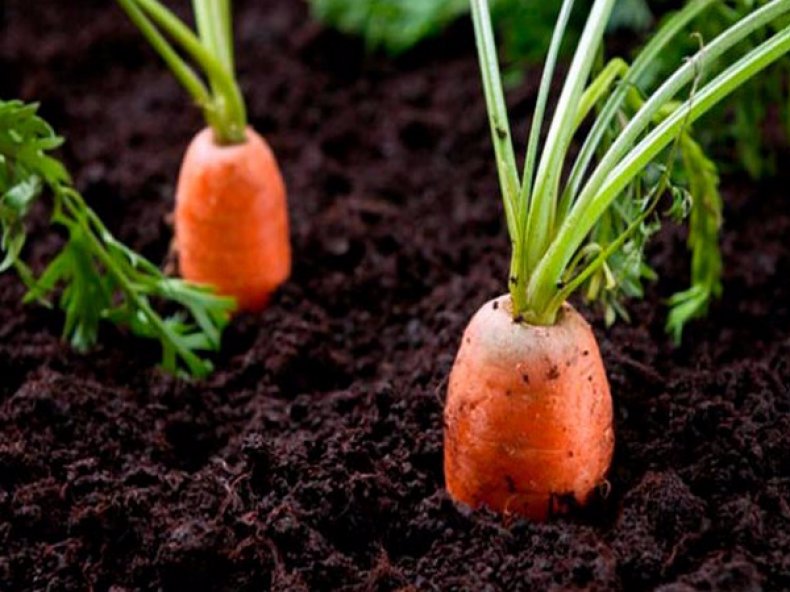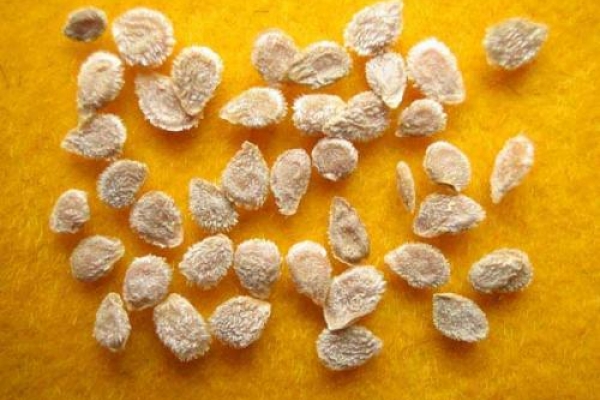Grape rationing is an important activity that inexperienced gardeners often neglect. The grape bush always forms more inflorescences than it can handle. This is an inherent adaptive function of survival in adverse conditions.
The need to limit the number of bunches
Any experienced winegrower knows about overload, calculation rates and how many bunches to leave on one vine. Most often, an excessive load on the grape bush is observed for varieties with large and medium-sized fruits. Wild grapes in their natural habitat have the function of regulation and themselves relieve unnecessary stress. Breeding varieties are devoid of this natural mechanism. It turns out that in cultivated vineyards, you can grow a bunch weighing 1-2 kg, while the bush itself cannot cope with the excess weight of the fruit. When a bush lays down brushes in an amount and volume that exceeds the potential, the yield does not reach its maximum parameters. The overall size of the fruit is much smaller than that stated for the variety. The palatability is also far from ideal, as the berries cannot accumulate the necessary sugars. In addition, the plant spends a large amount of energy and nutrients to ripen the crop and is depleted. This threatens that the bush will not be prepared at all for winter, and fewer ovaries will form next year. In a weakened plant, frost resistance is much lower, which means there is a risk of freezing, breaking off under the weight of snow or being infected with diseases and pests due to weakened immunity. It turns out that the harvest has been lost due to low palatability, and the trees have lost their strength for further growth.
To avoid problems with the cultivation of high-quality grapes, it is necessary to ensure that the shrubs remove excess fruits on time. The nuance of pruning is that there are no clear prescriptions. Many methods and standards have been created for calculating the optimal number of bunches on a branch. In practice, it turns out that in each case everything is individual. The gardener's experience comes to the fore. It is very important to try and observe the results of your actions.
Standardization of grapes
Normalization time
The optimal time for the procedure for an adult shrub is in the spring, before flowering. Typically, varietal plants have a stable yield over the years. At the stage of swelling flower buds, it is necessary to visually assess the density and number of formed inflorescences. After early normalization, all the nutrients go directly to the main bunches, which have been picked and left behind. On a young plant, it is difficult to objectively assess the volume of the removed inflorescences. Therefore, the normalization of young grapes is carried out immediately after flowering. By the formed ovaries it is easier to understand which branches should be left and which should not.
Normalization by eyes
The procedure consists in calculating the load of the eyes, which must be left in reserve in case of damage due to frost, breakage or other mechanical damage. For a young bush that develops without difficulty, the norm is set - 50 eyes. With the growth of the crown, the rate gradually increases. For especially large hybrid varieties with a powerful crown and a high trunk, the load is 2 times greater.
Normalization by fruit arrows
One fruit arrow is left on each sleeve. As you know, grapes are a liana, it stretches in a continuous stream of shoots. Therefore, it is necessary to form a backbone, skeletal branches. The sleeve is a perennial vine, the basis of a shrub. Sometimes it happens that the bush begins to fatten. In this situation, you need to increase the volume of fruit arrows and add not one at a time, but 2 or more. Then there will be a redistribution of power.
Normalization by shoots
At the first stage, it is necessary to remove shoots on which inflorescences have not formed at all. Branches break out along with the heel. Also, at this time, you can pull out unnecessary branches that are noticeably lagging behind in development. On the remaining branches, pinch the tops (no more than 2 leaves). This allows you to slow down the growth of the shoot and use the energy of the plant to form larger fruits. Pinching is especially important for bushes that form berries unevenly. In addition, it is necessary to remove the antennae, since they can bind the fruits into one lump or pinch the branch, which blocks food access. The Timur variety is inclined to constricting the shoots with a mustache. The mustache of this variety is very tight and dense, they are cut off with a pruner.
As the plant develops, stepchildren will begin to form from the sinuses. They also need to be removed, but do so with caution. Removing unnecessary shoots makes the crown more rare, which means that air exchange will be much better. In addition, the excess load of grapes with shoots will be significantly reduced. At the top of the bush, you need to leave three stepsons. This is necessary so that the plant has several growth points. Otherwise, dormant buds awaken.
In order for the branches to become covered with bark faster, and the berries to ripen, they carry out the minting procedure. It consists in removing herbaceous shoots. The green branches are cut off with a pruner approximately 0.4 m. The procedure is carried out in the summer: in a temperate climate - in August, in the southern regions - in July. Often it is necessary to trim the foliage around the bunches in order for the berries to color more evenly and ripen faster. This must be done if the shrub is located in a shaded area or has a too dense crown. Trimming the leaves must be done in several stages, gradually opening the bunches, otherwise they will burn out under the scorching rays of the sun.
Standardization of grapes in bunches
Some grape varieties (eg Cardinal AZOS) have very dense bunch formation. As a result, the berries in the center of the bunch do not have time to ripen, since sunlight does not penetrate to them. In addition, a very close proximity leads to the fact that the fruits crack and, as a result, rot. Therefore, the bunches have to be rationed. A third of the fruit is cut with thin sharp scissors.
Rationing rules
- With age, the plant endures a large load, it must be increased gradually, each time re-calculate how many clusters of grapes to leave on the vine. The maximum productivity of grapes is observed at the age of 12 to 25 years. At the same time, the quality of the fruits increases during the periods of the lowest yield. This is not surprising - the fewer fruits, the more nutrition each of them receives;
- Technical viticulture (growing berries for wine production) only needs to ration the shoots. Usually, all branches without buds are removed, leaving only those that are needed in order to form a bush.
- The sorts of raisins (Jupiter, Rylines pink sidlis, Rusbol improved, Hungarian, Radiant) are not standardized due to the small size of the bunch.
- When planning standardization, it is imperative to take into account the timing of fruiting, the weight and size of the fruits, the rules and features of agricultural technology. The more information is processed, the more accurate the calculation data will be;
- In the calculation, it is imperative to take into account the saturation of the soil with potash-phosphorus fertilizers. It is these minerals that affect the volume and quantity of berries. If the bush is grown in conditions of abundant dressing, it is recommended to leave 1 bunch on 1 branch;
- It is important to consider the frost resistance of the selected variety. If the stability limit is less than -20˚C, then it is worth calculating the minimum load. Otherwise, the bush may be weakened and will not tolerate wintering well;
- The formation of the bush is of great importance: one-shoulder is more restrictive for the formation of ovaries than two-armed. Growing grapes on a pergola makes the crown more spreading than on a wire trellis;
- Density of disembarkation. The closer the shrubs are to each other, the lower the yield of each of them. The principle of operation is quite simple - there is a lot of competition for nutrients and moisture.
Load calculation formulas
Formula "Magarach"
Scientists from the All-Union Scientific Research Institute of Winemaking and Viticulture "Magarach" have derived a formula, thanks to which it is possible to determine how many bunches of grapes should be left on one shoot. In fact, the mathematical method allows you to calculate only the preliminary standard. To determine the optimal number of eyes, you need to multiply the number of overgrown shoots by a factor of 2.5. The coefficient takes into account possible losses under the influence of various factors (frost, diseases and pests, etc.). In practice, it turns out that the formula is of little use in most cases. Gardeners have to decide on the spot how many bunches to leave on the vine, focusing on the specific growing conditions.
Averaging by grade
In addition to the formula, there are averaged indicators,
how many clusters of grapes to leave on one vine:
- On heavy varieties with a bunch weight of more than 1.5 kg (Lord, Lelik, Nika), 1 bunch should remain on a branch, and a third of the shoots should be left without berries;
- Large table varieties (Tason, Strashensky, Laura), weighing from 0.8 kg, - 1 bunch falls on 1 shoot;
- Medium table varieties (Codryanka, Bulgaria), weighing up to 0.5 kg, - 2 bunches per 1 shoot;
- Technical and raisin varieties up to 0.2 kg - from three to six bunches per branch.
These indicators are formed on the basis that 1-1.2 kg of fruit can be on 1 branch without damage to the bush.
Variety yield rate
There is a standard for the optimal yield from 1 bush:
- Three years old - 5 kg;
- Four years old - 10 kg;
- Five years old - 17 kg;
- Etc.
The calculation of this standard is quite simple. The optimal yield of the bush is divided by the yield of the variety declared by the breeders. The result is the estimated number of bunches. It is this amount that needs to be left. Delete the rest. First of all, defective, frail, small clusters are removed.
Indicators of productivity and growth
An important indicator when calculating the load is the growth and size of the annual vine. To maintain the load of the previous year's shrubs, it is necessary that at least 2/3 of the bush are vines, about 2 m high and 1 cm thick. With this calculation, the current year's yield will remain at the level of the previous season or exceed it by up to 20%.
Normalizing the load is a fundamental step in growing grapes.Timely removal of excess parts allows you to get a rich and tasty harvest, leaving the plant with strength for wintering and further development.
